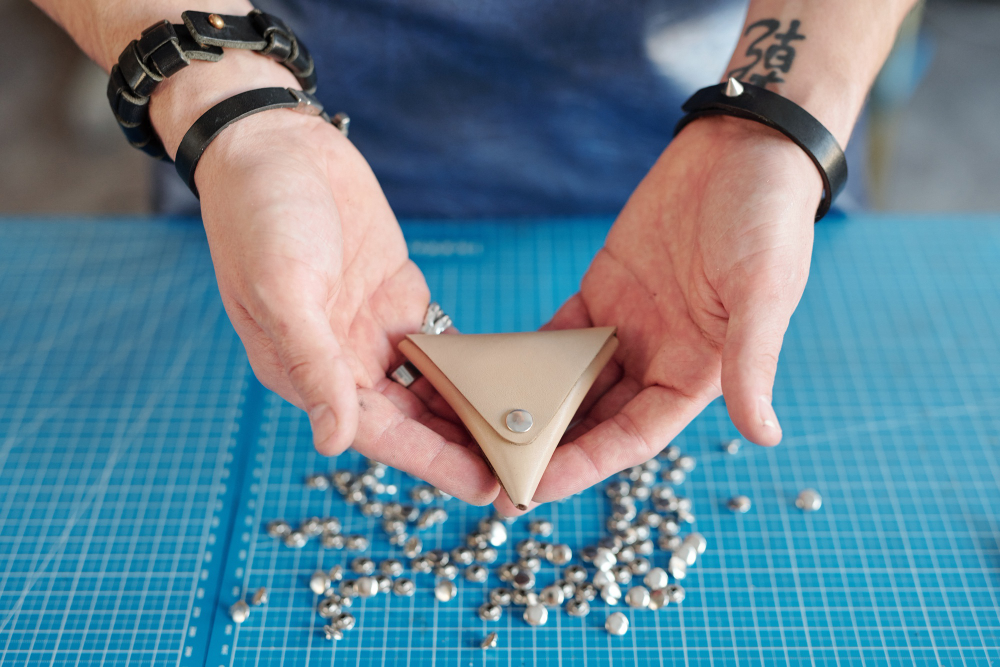Capsizing, the sudden overturning of a small watercraft, can be a frightening experience for any boater. Whether due to rough seas, sudden storms, or operator error, capsizing poses significant risks to the safety and well-being of those on board. When a boat capsizes, passengers may find themselves immersed in cold water, disoriented, and vulnerable to hypothermia, drowning, or other injuries. In such dire circumstances, knowing how to float safely until rescue arrives can mean the difference between life and death.
Keeping a Cool Head in Crisis
The first and most crucial step in surviving a capsizing is to remain calm and composed. Panicking only exacerbates the situation and impairs judgment, making it harder to take effective action. Take a deep breath, assess the situation, and focus on staying afloat. Remember that most small watercraft are designed to remain buoyant even when overturned, providing a stable platform to cling to until help arrives.
Utilizing Personal Flotation Devices
Personal flotation devices (PFDs), commonly known as life jackets, are essential safety equipment for boaters of all ages and experience levels. In the event of a capsizing, wearing a properly fitted PFD can mean the difference between staying afloat and succumbing to the hazards of cold water immersion. Before setting out on the water, ensure that everyone on board is equipped with a Coast Guard-approved PFD and knows how to properly secure and adjust it for maximum effectiveness.
Adopting the HELP and Huddle Positions
Once in the water, adopting a stable floating position is crucial for conserving energy and maintaining body heat. Two widely recommended floating techniques are the HELP (Heat Escape Lessening Posture) and Huddle positions. In the HELP position, tuck your knees to your chest, cross your arms tightly against your chest, and draw your chin down to your collarbone. This compact posture minimizes heat loss and reduces the risk of hypothermia. Alternatively, in the Huddle position, gather nearby individuals together, linking arms or holding onto each other to create a human chain. This not only provides mutual support but also helps retain body heat and visibility for rescuers.
Minimizing Movement and Staying Hydrated
In a capsizing scenario, conserving energy is paramount for survival. Minimize unnecessary movement and exertion to preserve body heat and prevent fatigue. Avoid swimming unless absolutely necessary, as it can accelerate heat loss and increase energy expenditure. Instead, focus on staying as still as possible and conserving energy until help arrives. Additionally, stay hydrated by resisting the urge to drink seawater, which can exacerbate dehydration and impair judgment. If available, ration any potable water or supplies until rescue is imminent.
Attracting Attention and Communicating Your Location
While floating in the water, attracting the attention of rescuers is essential for expediting your rescue. Use any available signaling devices, such as whistles, air horns, or signal mirrors, to alert nearby vessels or search and rescue teams to your presence. If possible, wave brightly colored clothing or flotation devices to increase visibility. Additionally, shout or yell loudly to draw attention to your location and communicate any pertinent information, such as the number of people in distress and their condition.
Staying Afloat, Staying Safe
In conclusion, the safest way to float if your small craft capsizes involves a combination of preparation, technique, and resourcefulness. By maintaining calm, securing safety equipment, adopting stable floating positions, conserving energy, and signaling for help, you can increase your chances of survival and facilitate your rescue in a timely manner. Remember to always prioritize safety when boating, and familiarize yourself with proper safety protocols and procedures before setting out on the water. Stay vigilant, stay prepared, and stay safe on the high seas.



